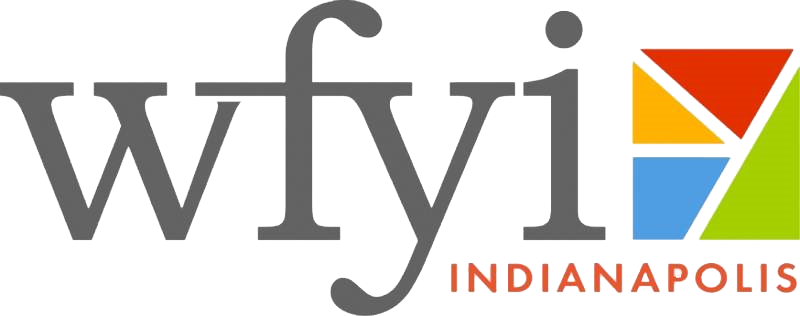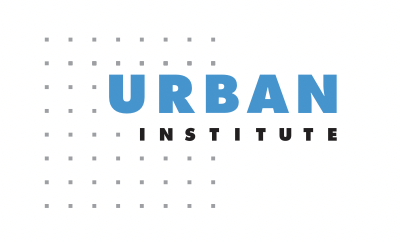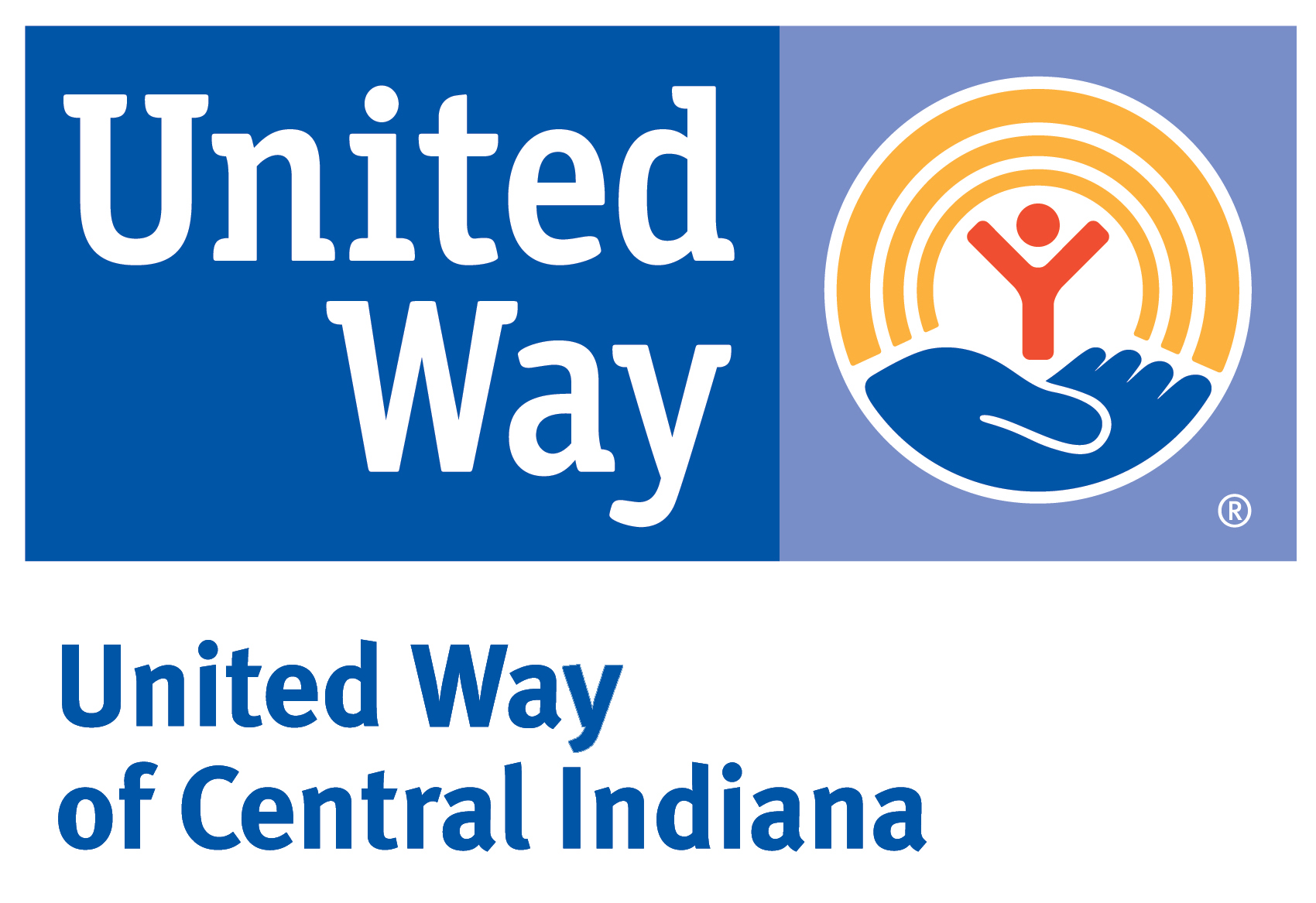Indianapolis Racial Equity Report Card
SAVI Talks - October 27, 2022On October 27, the SAVI Talks event will focus on the project, Indianapolis Racial Equity Report Card.
This event will be a bit different from others in that we want a community conversation about the outcomes that are important to measure as Indy holds itself accountable to creating a racially just and more equitable community.
Racial disparities define daily life in Indianapolis, with racial segregation creating huge differences in life expectancy between neighboring communities.
EVENT SOLD OUT!
Our November 17 Data & Drafts program from 6-7:30 p.m. will be another opportunity to gather more information about important outcomes to measure for this project. Register for Data & Drafts https://www.wfyi.org/events/data-and-drafts-racial-equity-report-card.
The project process moving forward includes additional community forums to gather information, broad community feedback on initial drafts, and a final report published in May 2023. The report will be updated annually thereafter.
Community Trends Report
Published October 26, 2022
Articles and Story Maps
Explore other research and interactive content we have developed around equity.
Turnout, Absentee Ballots Up In Primary Election
Voter turnout was up 46 percent compared to the last midterm primary, a return to typical turnout levels. This year, more absentee ballots were cast than ever, making up of a fifth of all votes.
Changes in Indy’s Historic Black Neighborhoods
In the 1970s, 4,000 residents left this nearly all-black neighborhood. Why? An increasingly desegregated housing market and closure of one of the country’s first public housing projects.
Neighborhood Change 1970-2016
From 1970 to 2016, the forces of suburbanization and white flight, followed by the ensuing forces of urbanization, have significantly changed neighborhoods across the Indianapolis region. White, educated, and middle- to upper-income households left the core of...
Story Map: Moving Out – Suburbanization Since 1970
Indianapolis and Anderson were the region’s urban centers in 1970. Three-quarters of the population lived in those counties. Now, just over half the population live there, and Hamilton County is the second largest urban center.
Story Map: Race and Migration Since 1970
In 1970, half of the region’s Black population lived in 12 square miles north of downtown Indianapolis. As Black residents moved into ’60s suburban communities, 120,000 White residents left the city’s core for newer suburbs.
Are We Segregated by Educational Attainment?
Most neighborhoods match the educational diversity of our region, but those with less education are largely excluded from downtown and the northern suburbs, while they are relatively isolated in the southeast side and parts of Anderson.
2016 Population Growth in Indianapolis, Central Indiana
The region grew by 1 percent to 1.97 million residents in 2016 driven by 2 percent growth in suburban counties and growing Black, Asian, and Hispanic populations in Marion County.
Domestic Violence in Marion County
This report summarizes the state of domestic violence in Marion County in 2016, andpresents trends in the data between 2009 and 2016. It builds upon the 2013 feasibility study and 2014 update conducted by the Polis Center at IUPUI in partnership with the Domestic...
Reported Domestic Violence Victims Declining, but Most Cases Are Dropped or Dismissed
The number of domestic violence victims appears to be declining, but most cases are not reported and most reported cases have charges dropped or dismissed.
Local Industries Could Be Affected by Steel Tariffs
News of potential steel tariffs is particularly relevant to Indiana, where the manufacturing and shipment of steel plays a significant role in our economy. In June 2017, an estimated 40,732 Indiana workers were employed in primary metals manufacturing, which includes...
Authors
Rebecca Nannery
Senior Research Analyst,
The Polis Center
Jay Colbert,
Data Manager,
The Polis Center
Erik Steiner
Consulting Research Analyst,
The Polis Center
Matt Nowlin,
Community Analysis Manager,
The Polis Center
Event Partners





